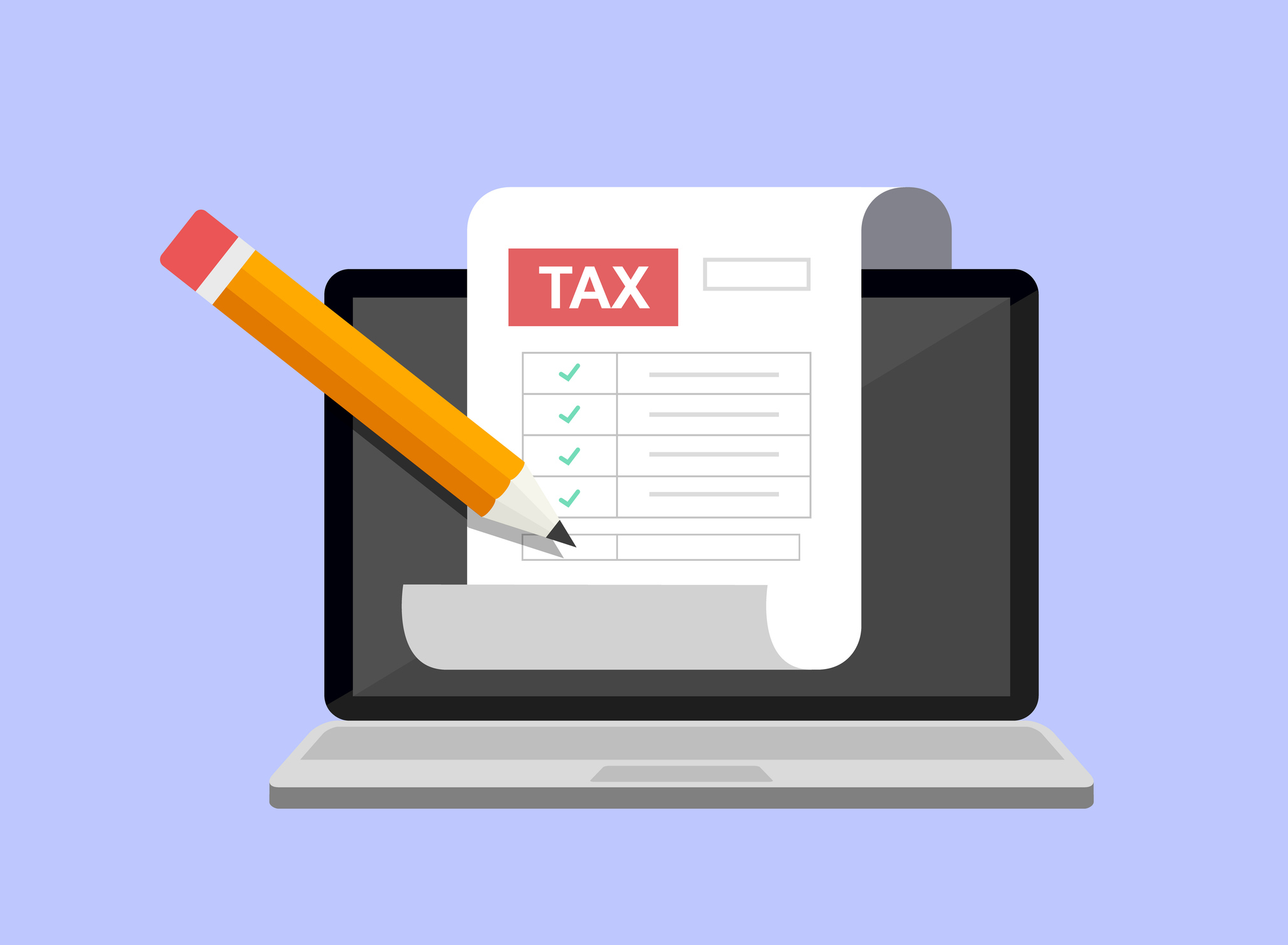DATA & performance
Slimme data-inzichten en creatieve oplossingen tillen je ROI uit marketing naar een hoger niveau. Endeavour helpt organisaties bij het bepalen én behalen van hun doelen. Met inzet van de beste tools en ervaren specialisten, in elke hoek van het vak.
Doelgericht naar succes
Bij Endeavour ben je geen klant, maar een partner. We werken nauw met elkaar samen in multidisciplinaire teams. Met vaste gezichten en korte lijntjes. Samen bepalen we in duidelijke, meetbare stappen hoe we jouw merk laten groeien.
Vue Cinemas
Meer omzet met slimme A/B-tests


Meer zichtbaarheid betekent meer kansen. Met slimme strategieën op het gebied van SEO zorgen we ervoor dat jouw merk beter gevonden wordt via zoekmachines. Met meer bezoekers, engagement én conversies als resultaat.
oplossingen
-
SEO strategie
SEO-strategie start met een analyse van zoekgedrag, concurrentie en kansen. Zo ontstaat een duidelijk overzicht van de route naar meer organisch verkeer, en dito conversies.
-
Technische SEO audit
In een technische SEO audit leggen we verborgen problemen bloot, die jouw online prestaties beperken. Denk aan snelheid, indexeerbaarheid of mobiele toegankelijkheid.
-
Migratie
Een website vernieuwen of verplaatsen zonder organisch verkeer te verliezen? Een goede SEO-migratie voorkomt dat je posities in zoekmachines kwijtraakt en zorgt voor een soepele overgang met behoud van SEO-resultaten.
-
SEO content
Content is koning, maar alleen als het relevant is. SEO-geoptimaliseerde content combineert waardevolle informatie voor je doelgroep met slimme zoekwoordstrategieën, waardoor je website beter scoort in de organische zoekresultaten.


Betaalde advertenties: je zet ze in voor meer zichtbaarheid en meer conversies, maar het liefst natuurlijk tegen zo min mogelijk betaling. Of het nu gaat om social ads, zoekmachinemarketing of programmatic buying: onze advertising experts optimaliseren door tot de maximale ROI is bereikt.
oplossingen
-
Social media advertising
Bereik je doelgroep waar ze actief zijn. Met advertenties op social platforms zoals LinkedIn, Instagram en TikTok zorgen we voor merkzichtbaarheid, conversies en zelfs directe sales.
-
Zoekmachinemarketing (SEA)
Voor meer omzet uit zoekmachinemarketing is expertise, tijd en inzicht nodig. Ons team van ervaren SEA experts helpt dagelijks een groot aantal merken aan betere vindbaarheid, meer conversies en een betere ROI.
-
Programmatic buying
Geautomatiseerd en datagedreven advertenties inkopen? Programmatic buying maakt het mogelijk om op grote schaal relevante doelgroepen te bereiken, zonder handmatig zoekwerk.
-
Media-inkoop
Het juiste medium maakt het verschil tussen een topcampagne of een flopcampagne. Slimme media-inkoop maakt je campagne maximaal zichtbaar, tegen de beste voorwaarden. Voor echte impact, en resultaten die er niet om liegen.


'Kijken, kijken, niet kopen', is mooi op vakantie, maar op je website zie je het liever anders. Valt je conversieratio tegen? Met gebruikersonderzoek, A/B-testing en data-analyse identificeren we waar de knelpunten zitten, zodat we deze kunnen oplossen. Conversieoptimalisatie draait bij ons om het analyseren, testen en continue verbeteren van je website, met als doel méér resultaat uit je bestaande verkeer.
oplossingen
-
Creatieoptimalisatie
Creatief materiaal heeft een enorme impact op conversie. Met creatieoptimalisatie testen we verschillende banners en visuals en optimaliseren zo ook de creatieve performance.
-
UX optimalisatie
Je website moet gebruikers soepel door hun klantreis leiden. Een UX-expert identificeert obstakels en weet (gelukkig) ook hoe het beter kan. Met UX-optimalisatie verbeteren we de gebruikerservaring en verhogen we de conversieratio.
-
Contentoptimalisatie
Soms kan zelfs de mooiste webcontent slecht converteren. Met contentoptimalisatie herschrijven we bestaande teksten gericht op actie, want vaak leiden minimale aanpassingen al tot grote verhogingen in kliks, downloads of aanmeldingen.


Een betere relatie met klanten opbouwen wordt een stuk gemakkelijker met CRM automation. Hiermee maken we content persoonlijker en relevanter. En klanten blijer, niet te vergeten!
oplossingen
-
HubSpot
Van lead management tot klantcommunicatie – met HubSpot heb je eindelijk eens écht overzicht. Al je data en processen ingericht, voor complete controle en gebruiksgemak.
Gerelateerde cases


Efficiënter werken en betere resultaten behalen? Marketing automation maakt het mogelijk. Van e-mailcampagnes tot lead nurturing: we automatiseren processen en geven inzicht in belangrijke data.
oplossingen
-
E-mailmarketing
Zet je e-mailcampagnes op automatische piloot met e-mail automation. Geautomatiseerde e-mailcampagnes geven je overzicht, gebruiksgemak en betere resultaten.
-
Lead nurturing
Met lead nurturing begeleiden we je potentiële klanten stap voor stap door hun klantreis, met precies de juiste boodschap op het juiste moment.


Wat we nog meer doen
Endeavour ondersteunt organisaties in alle soorten en maten op het gebied van web design, e-commerce, online strategie, datamanagement, marketing automation en inhousing. Inspiratie opdoen? Bekijk ons werk hier.

















-1.jpg)
-1.jpg)






-1.jpg)
-1.jpg)
-1.jpg)